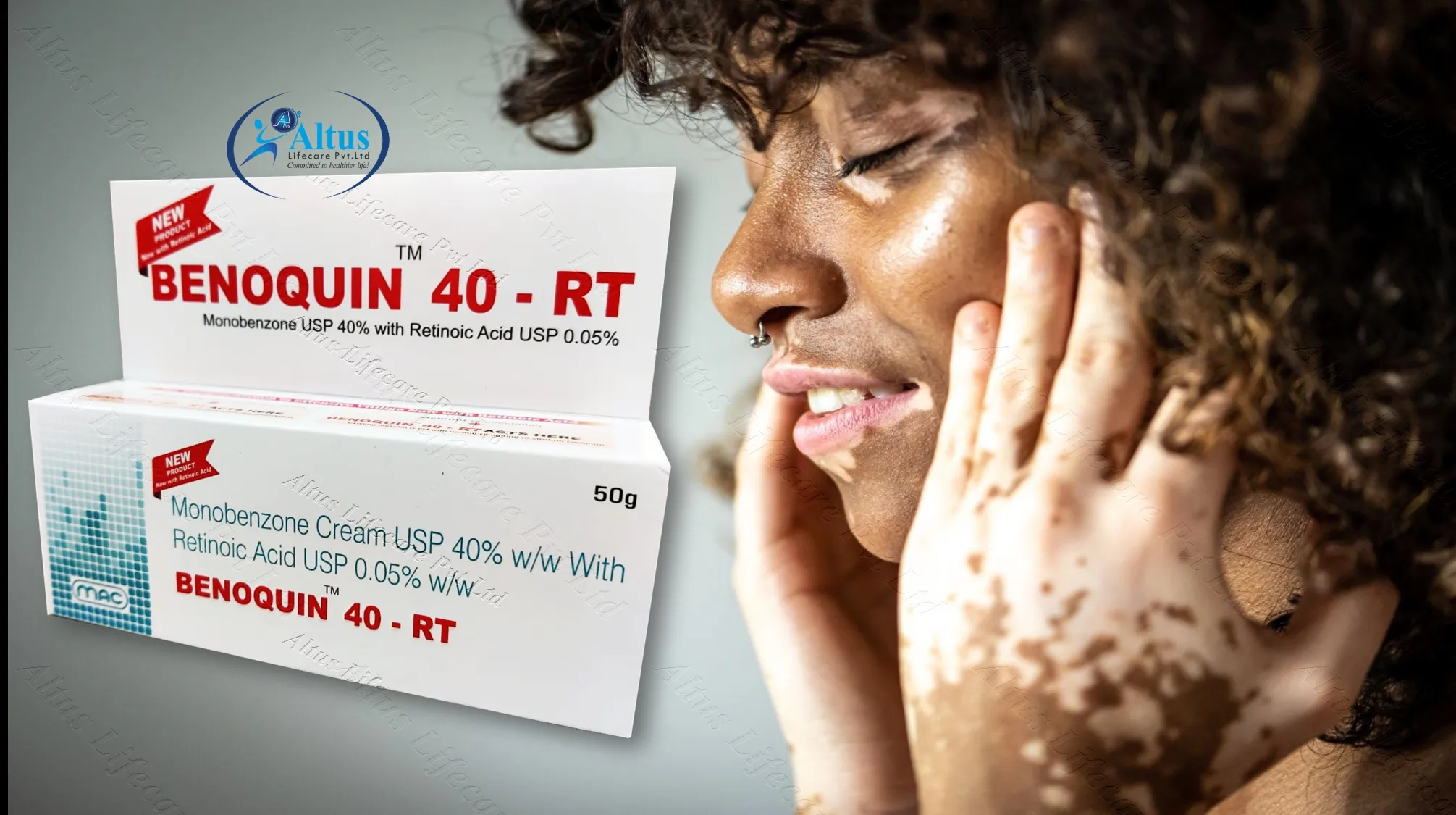What is Benoquin Cream
Benoquin Cream, also known by its generic name monobenzone, is a topical medication primarily used for skin depigmentation. It’s a prescription cream, meaning it must be obtained through a medical professional. The cream’s main function is to lighten the skin by destroying melanocytes, the cells responsible for producing melanin, which gives skin its color. This process results in permanent skin lightening, making it a treatment option mainly for conditions where skin pigmentation is uneven or for those seeking overall skin lightening. Benoquin Cream is not a cosmetic product and should be used under strict medical supervision, due to its potent effects and potential side effects. Understanding its purpose and function is crucial before considering its use for skin whitening or depigmentation treatments. It’s not a quick fix and requires careful consideration of its long-term effects.
Ingredients in Benoquin Cream
The active ingredient in Benoquin Cream is monobenzone. This compound is a derivative of hydroquinone, another skin-lightening agent. While hydroquinone works by inhibiting melanin production, monobenzone goes a step further by destroying the melanocytes themselves. This leads to a more permanent loss of pigmentation. Other ingredients in the cream are primarily inactive, serving as a base for delivering the monobenzone. These inactive ingredients may include emollients, preservatives, and emulsifiers to maintain the cream’s texture and shelf life. The specific inactive ingredients can vary depending on the manufacturer. Always review the full list of ingredients to avoid any potential allergic reactions or sensitivities, and consult your doctor if you have concerns about any of the components. Understanding what makes up the cream helps inform its potential effects and the reasons for its specific application.
How Benoquin Cream Works
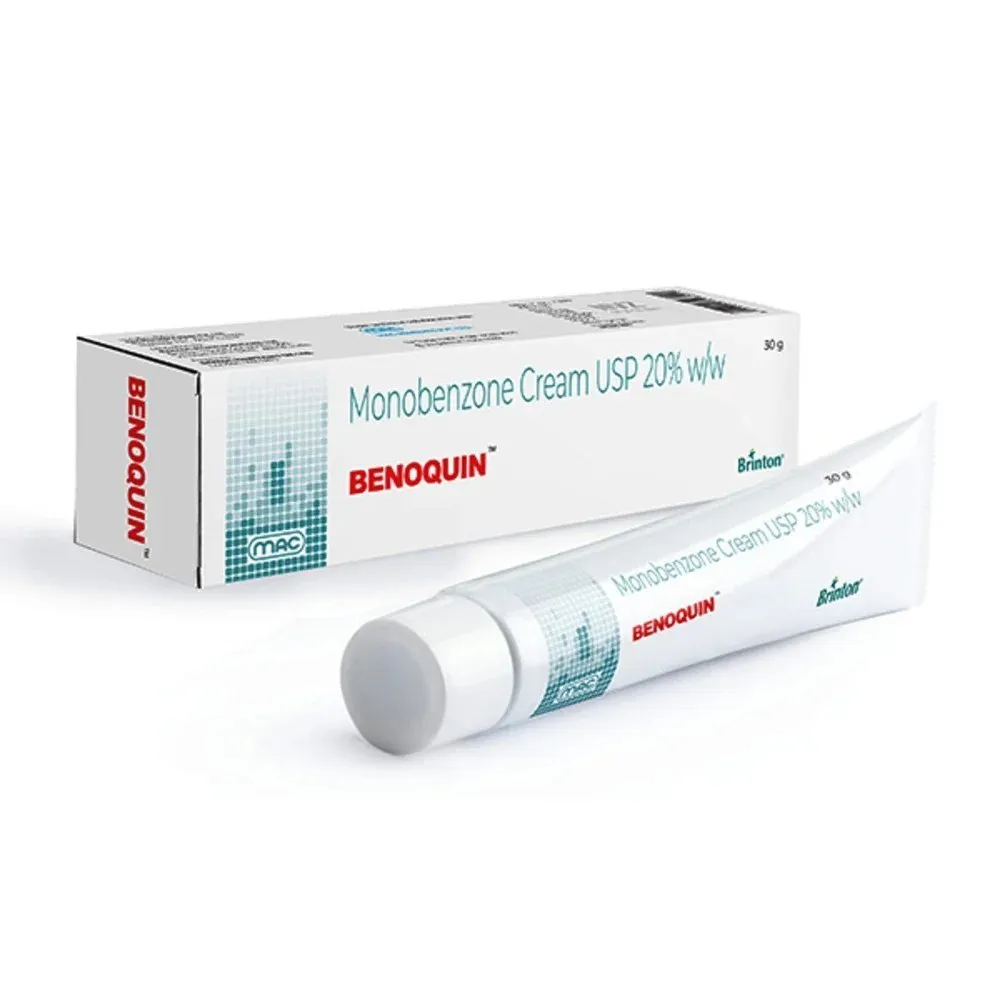
Benoquin Cream works by targeting and destroying melanocytes. These are the cells in the skin that produce melanin, the pigment responsible for skin color. When the cream is applied, monobenzone is absorbed into the skin and specifically attacks these pigment-producing cells. The process leads to the permanent loss of pigment in the treated areas. It is important to understand that the skin will not produce melanin in the treated areas. As a result, the affected skin becomes lighter than the surrounding areas. This process is irreversible, so it is a major factor to consider when contemplating the use of Benoquin Cream. Benoquin Cream’s mechanism of action is quite different from other skin-lightening products that primarily inhibit melanin production, offering a distinct pathway to depigmentation.
The Skin Whitening Process
The skin-whitening process with Benoquin Cream is gradual. After application, the cream starts to destroy the melanocytes. Initially, there may be a slight darkening of the skin, followed by the slow lightening of the treated area. The rate at which this happens varies from person to person, depending on skin type, the concentration of monobenzone, and the frequency of application. It can take several months, or even a year or more, to achieve the desired level of depigmentation. During this period, it is crucial to protect the treated skin from sun exposure, because it is more susceptible to damage. Regular follow-up appointments with a dermatologist are necessary to monitor progress and manage any side effects. The full effects of Benoquin Cream can take a long time to become visible.
Conditions Treated with Benoquin Cream
Vitiligo and Benoquin Cream
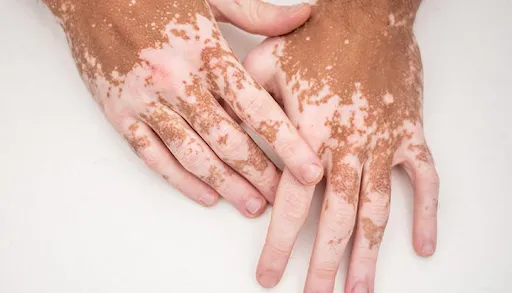
Benoquin Cream is most commonly used to treat vitiligo, a skin condition characterized by the loss of pigment in patches. In cases of extensive vitiligo, where the depigmentation is widespread, Benoquin Cream can be used to lighten the remaining pigmented skin to match the white patches, resulting in a more uniform skin tone. This treatment option is often considered when other treatments, such as topical corticosteroids or phototherapy, have not been effective. The goal of using Benoquin Cream for vitiligo is to achieve a consistent skin tone, which can significantly improve the patient’s quality of life. However, it’s essential to understand that the depigmentation caused by Benoquin Cream is permanent.
Other Skin Conditions
Benoquin Cream may also be used in the treatment of other skin conditions involving hyperpigmentation, or uneven skin tone, although its primary use is for vitiligo. It is sometimes used to treat conditions like melasma, where areas of the skin are darker than others, but this is usually a less common application. The cream is sometimes used in cases of post-inflammatory hyperpigmentation (PIH), which is the darkening of the skin that occurs after an inflammatory process, such as acne or eczema. However, it is important to remember that Benoquin Cream can be too potent for some of these conditions. Always consult a dermatologist to discuss the suitability of Benoquin Cream for any skin condition other than vitiligo, as well as for any potential risks and benefits.
Using Benoquin Cream
How to Apply Benoquin Cream
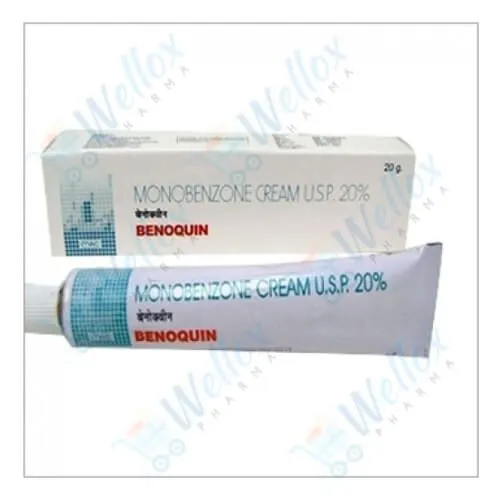
Benoquin Cream should be applied as directed by a dermatologist. Typically, the cream is applied in a thin layer only to the areas of the skin intended for depigmentation. Before application, it’s important to cleanse and dry the skin thoroughly. Use a cotton swab or gloved fingers to apply the cream to the affected areas, carefully avoiding surrounding skin. After application, wash your hands thoroughly. Avoid contact with the eyes, nose, and mouth. Regular and consistent application is crucial to achieve the desired results, but it’s important to stick to the dermatologist’s guidelines regarding frequency and amount. Do not apply excessive amounts of the cream, as it can increase the risk of side effects. Follow-up appointments are important to check for any adverse reactions.
Dosage and Frequency
The dosage and frequency of Benoquin Cream application will be determined by a dermatologist, depending on the individual’s skin type, the extent of the area to be treated, and the specific condition. Usually, the cream is applied once or twice a day, but this can vary. It is extremely important to adhere to the prescribed dosage and frequency, and not to apply more cream than directed, as doing so will not speed up the depigmentation process, but it will increase the risk of side effects. If you forget to apply a dose, apply it as soon as you remember. However, if it is almost time for your next dose, skip the missed dose and continue with your regular schedule. Never apply a double dose to make up for a missed one. Any changes in the dosage or frequency should only be done under the guidance of a dermatologist.
Potential Side Effects of Benoquin Cream
Common Side Effects
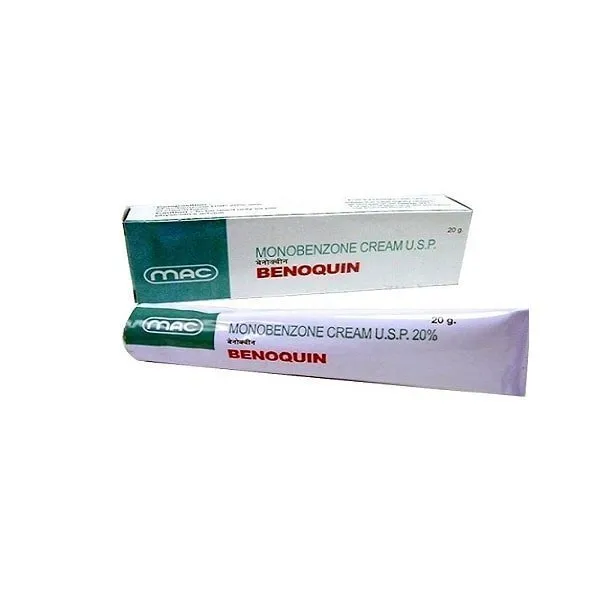
The most common side effects of Benoquin Cream are usually mild and temporary. These may include skin irritation, redness, and itching at the application site. Some people may experience a mild burning or stinging sensation upon application. Dryness and scaling of the skin can also occur. These side effects usually subside as the skin adjusts to the medication. It is important to contact your dermatologist if the irritation or discomfort becomes severe or persistent. Proper moisturizing of the skin can often help alleviate these symptoms. These side effects are common as the cream acts aggressively to destroy the melanocytes on the skin.
Serious Side Effects
Although rare, more serious side effects can occur with Benoquin Cream. These can include permanent depigmentation of areas beyond the application site, if the cream spreads or comes into contact with unaffected skin. Excessive or prolonged use of the cream can lead to a significant lightening of the skin, which might not be aesthetically desired. In rare cases, contact dermatitis, which is an allergic reaction, can occur. If you experience any severe symptoms such as swelling, blistering, or severe pain, seek immediate medical attention. It is essential to be aware of the potential for these serious side effects and to consult a dermatologist if you notice any unusual changes in your skin.
Precautions and Warnings
Consulting a Dermatologist
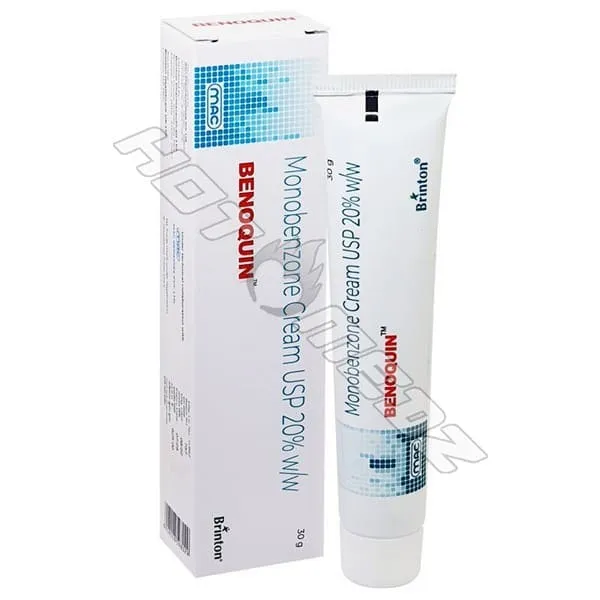
Before using Benoquin Cream, it is vital to consult with a dermatologist. The dermatologist will assess your skin condition, determine if Benoquin Cream is the appropriate treatment, and explain the potential risks and benefits. They can also monitor your progress and adjust the treatment as needed. Self-treating with Benoquin Cream is not recommended, as it can lead to complications. Discuss any existing skin conditions, allergies, or medications you are taking with your dermatologist, because these factors can affect the treatment. A dermatologist is a key player in managing any side effects. They are also crucial to ensure the cream is used safely and effectively.
Sun Protection
Sun protection is essential when using Benoquin Cream. The treated skin becomes extremely sensitive to sunlight and is prone to sunburn and further damage. Apply a broad-spectrum sunscreen with a high SPF (at least 30) every day, even on cloudy days. Wear protective clothing, such as long sleeves and wide-brimmed hats, to shield your skin from the sun. Avoid direct sun exposure, especially during peak hours. The use of sunscreen and sun-protective clothing is important to minimize the risk of skin damage and to maintain the benefits of the treatment. Remember that the areas of skin that are undergoing depigmentation are more vulnerable to the sun’s rays.
Alternatives to Benoquin Cream
Several alternatives to Benoquin Cream exist, depending on the specific skin condition and desired outcome. For vitiligo, other treatments include topical corticosteroids, phototherapy (light therapy), and calcineurin inhibitors. These alternatives can help to repigment the skin in some cases. In the case of hyperpigmentation, treatments such as hydroquinone, retinoids, chemical peels, and laser therapies can be used to lighten dark spots. The most suitable alternative for a particular individual depends on various factors, including the severity of the condition, the patient’s skin type, and their personal preferences. Consultation with a dermatologist is essential to determine the best treatment plan.
Benoquin Cream is a powerful treatment for skin depigmentation, primarily for vitiligo, and must be used under strict medical supervision. Understanding the cream’s function, side effects, and the importance of professional guidance is essential for safe and effective use. While Benoquin Cream can offer life-changing results for those with uneven skin pigmentation, careful consideration and adherence to medical advice are crucial.
